Índico Encounters with Lucrécia Paco and Taibo Bacar
Unravelling the memory
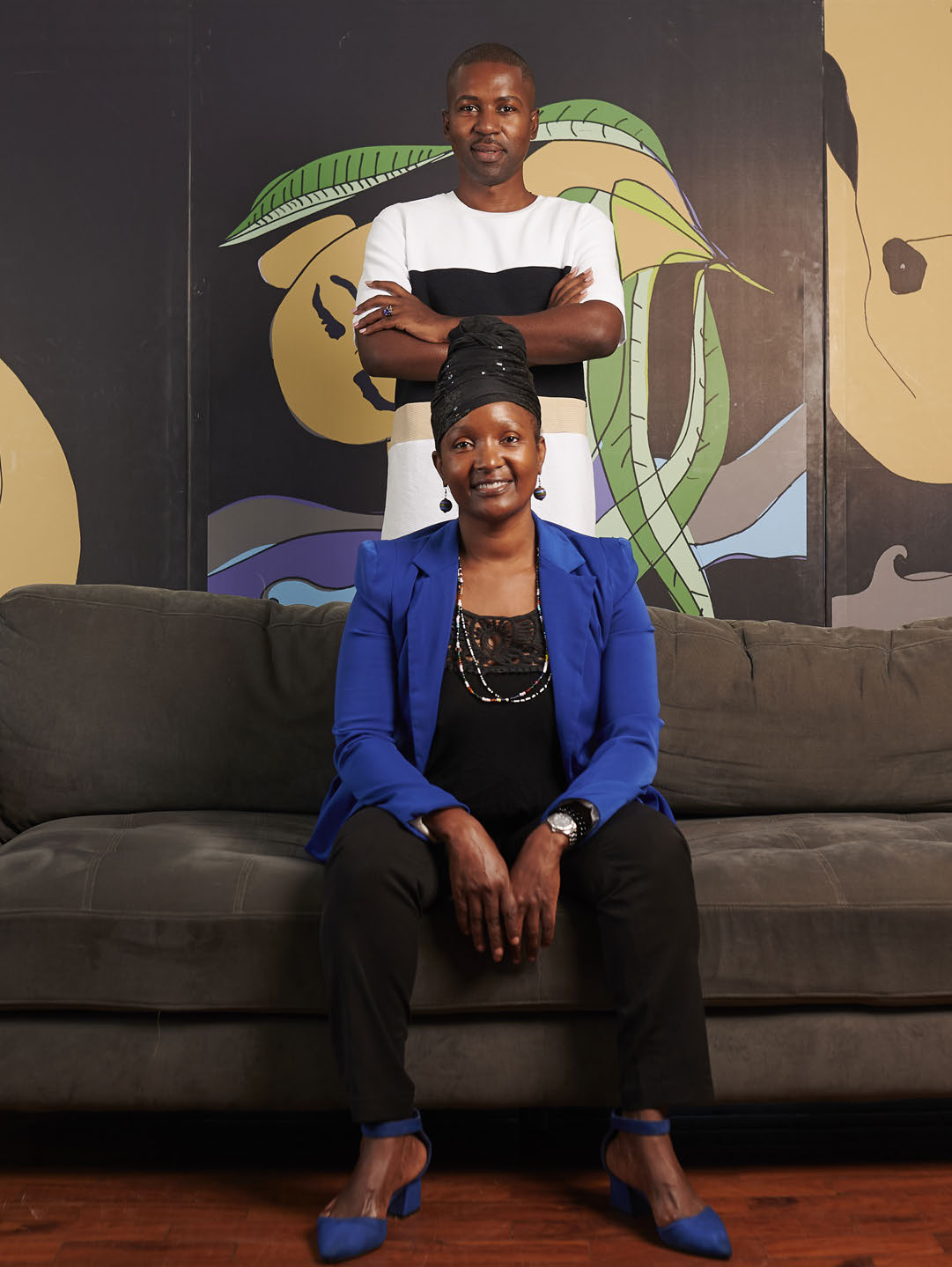
Ana Magaia is on stage, dressed as a character that fits her like a piece of clothing custom tailored. In the audience, a teenager is delighted and says to herself: oh, I want to be an actress. From that episode, in the early 1980s, actress Lucrécia Paco was born (b. 1969).
Soviet films, plentiful at the time, had already spurred on the girl who grew up singing and dancing in the Bairro do Aeroporto, on the outskirts of Maputo. But that moment was definitive.
The teenager didn’t imagine the consequences of her decision a few decades later. In the words of Taibo Bacar (b. 1985), who grew up in Fomento, Matola neighborhood, “no artist, especially in my area, is truly an artist if they don’t have a muse,” said he who became one of the main fashion designers in Africa. The actress, on stage, was that divine being for the creative.
Lucrécia – Taibo says – is one of the people who appeared in his dreams 15 years ago, with the vital energy that gives him the strength to continue. The creative process of this fashion designer involves capturing people, seeking their essence. At the time, Bacar was looking for references, whether in the arts or in other professional fields, of female names that were relevant, “that would make us believe that the world was changing because we live in a society that despite being matrilineal, is sexist.”
Lucrécia Paco was once the muse for Taibo’s collections.
“My parents didn’t welcome this idea of doing professional theatre. They wanted me to study,” says Lucrécia.
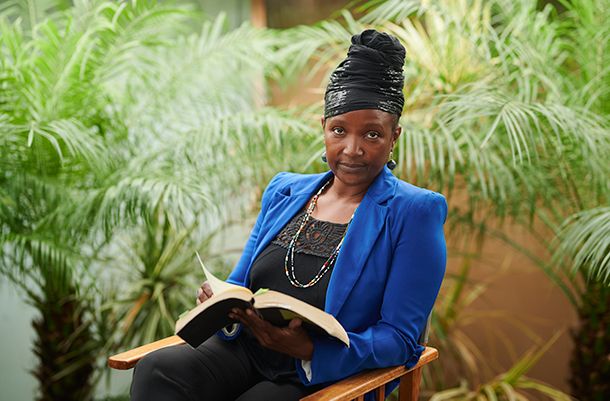
The design of a collection by Taibo Bacar starts by watching a movie, a play, stories of people who, in the face of adversity, take flight, they “happen.” That is where the sketches of clothes that were seen at Mozambique Fashion Week, Milan Fashion Week or AFI Fashion Week sprang up.
Stripped of his commitments to fashion, the founder of the Taibo Bacar brand (since 2008) finds himself sitting on the mat with his grandparents, eating a good xiguinha or some other abundant vegetable. The glamor of luxury and comfort lose to ihis ts origins.
Both are sitting on the white sofas of the Fernando Leite Couto Foundation Library, unravelling long tangles of their life stories. It is the second chapter of the Indian Ocean Encounters series orchestrated by the host and Índico, the Mozambique Airlines (LAM) in-flight magazine.
Lucrécia Paco, protagonist in the History of Mozambican Theatre, stands before Taibo Bacar, whose journey is intertwined with the country’s fashion paths.
They agree that if Bacar looks to design of clothes that fit the person who wears them; Paco, from a family of mostly musicians and mother of four, wears characters who live as if the playwright’s measuring tape had measured their contours at the time of writing.
If in 2008 Lucrécia inspired one of the decisive figures in fashion in Mozambique, in 1984, the young woman, who had already been repressed in school as a child for singing and dancing the songs of her neighbourhood, received her parents’ permission, at the request of Manuela Soeiro, to do theatre.
The design of a collection by Taibo Bacar starts by watching a movie, a play, stories of people who, in the face of adversity, take flight, they “happen.”
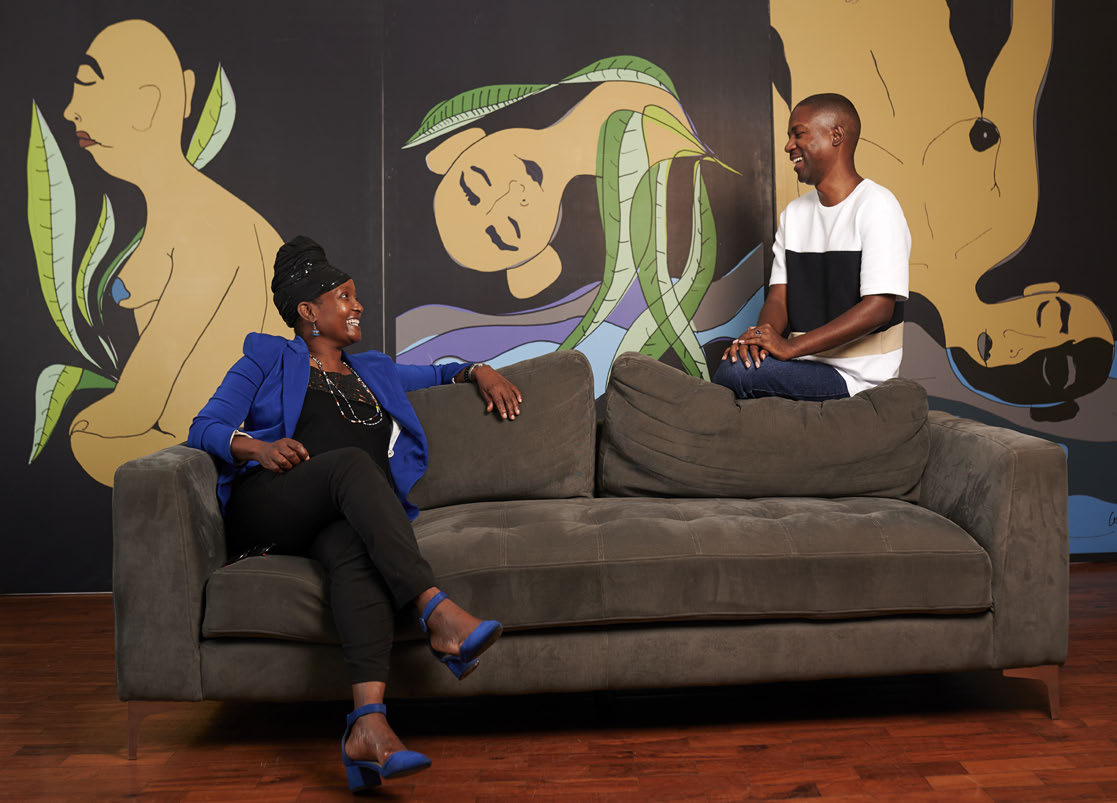
“I have many mothers,” she revealed, in her permanently melodic voice, referring to Anabela Adrianopoulos, Ana Magaia and Manuela Soeiro, with whom she shared the stage at Txova Xitadutama, who welcomed and guided her.
Having been born in the midst of the National Liberation War, growing up with the atrocities of the civil war, she saw these actresses on stage, looking to give a body to Mozambicanity through theatre and to lay the foundations for the construction of the New Man.
“My parents didn’t welcome this idea of doing professional theatre. They wanted me to study, but thanks to Manuela Soeiro who convinced them and helped us to continue studying at Teatro Avenida, here I am today,” she said, with the gestures, countenance and tone revealing that, at that moment, Lucrezia opened a page that she values very much.
Following Taibo Bacar’s direction, Lucrécia went back to the past to recover the memory of the lack of money to support Mutumbela Gogo, the first professional theatre company in the country, of which she was a founding member, in 1986. The alternative, in addition to selling bread in front of Teatro Avenida, was to present their plays at companies on Wednesdays, Thursdays and Fridays, with the weekends taking place on the Avenida stage.
The country was under construction and so was the Theatre. There were no plays written by playwrights. Writers like Mia Couto and Luís Bernardo Honwana gave up their stories and chronicles for adaptation.
Over the years, Lucrécia played several characters, but recalls Os Meninos de Ninguém fondly. She played Ritinha, an albino girl, who led a group of boys. But she also made cinema, in the feature films Flores Silvestres, Comédia Infantil and TV in the soap operas Nineteens and Jóias de África.
Issue 66 Mar/Apr | Download



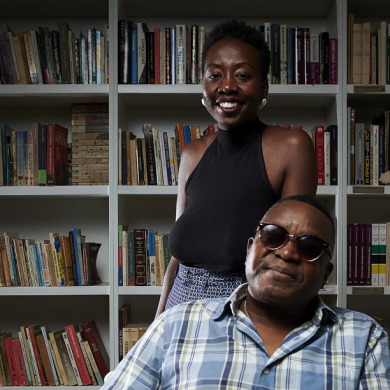
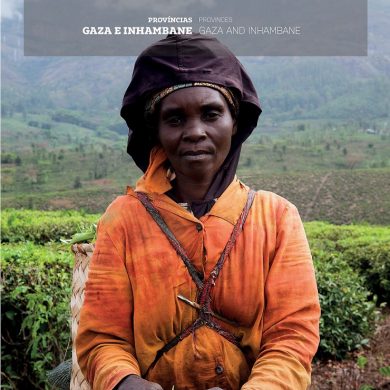
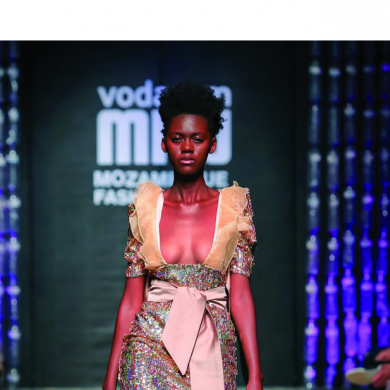
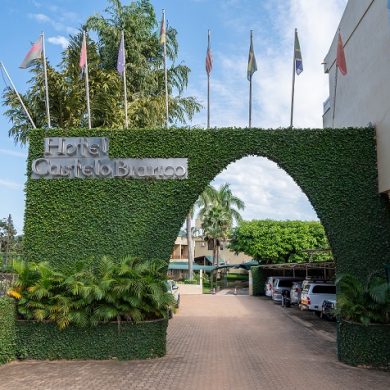

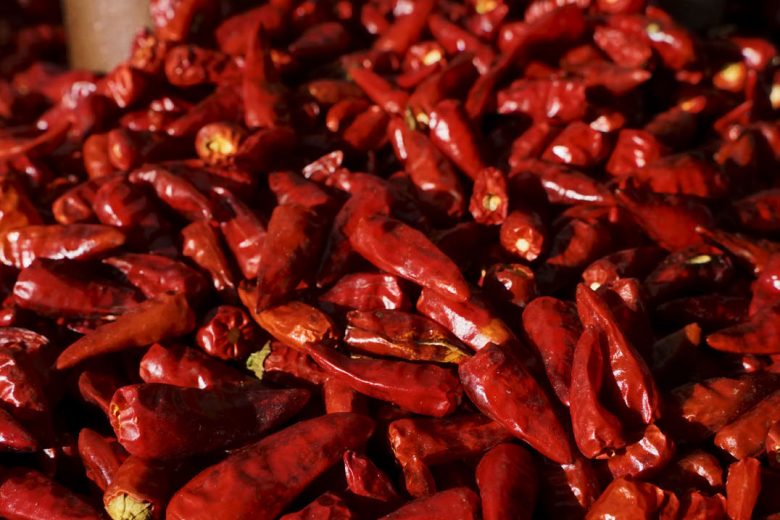
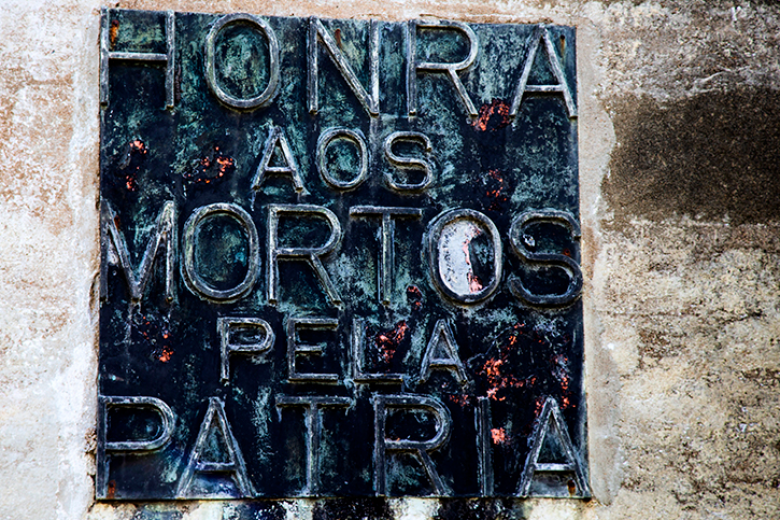












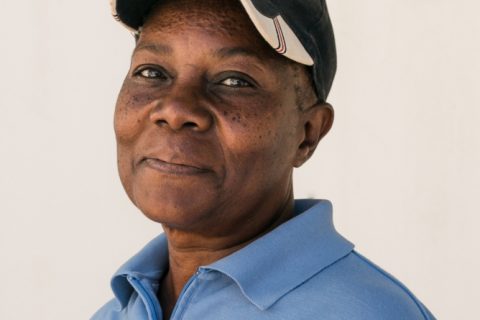
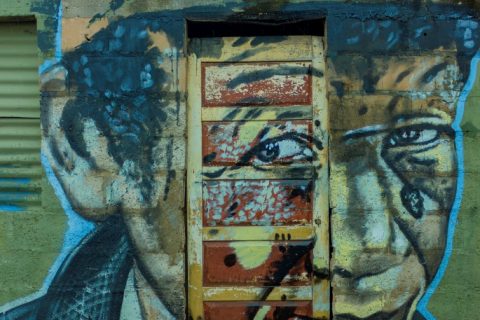

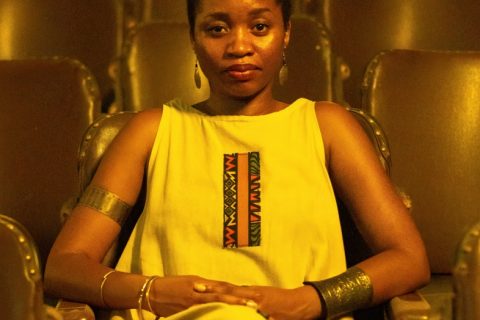
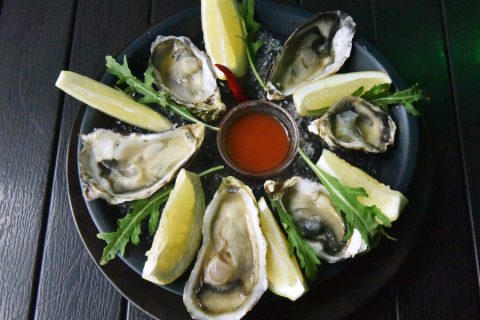


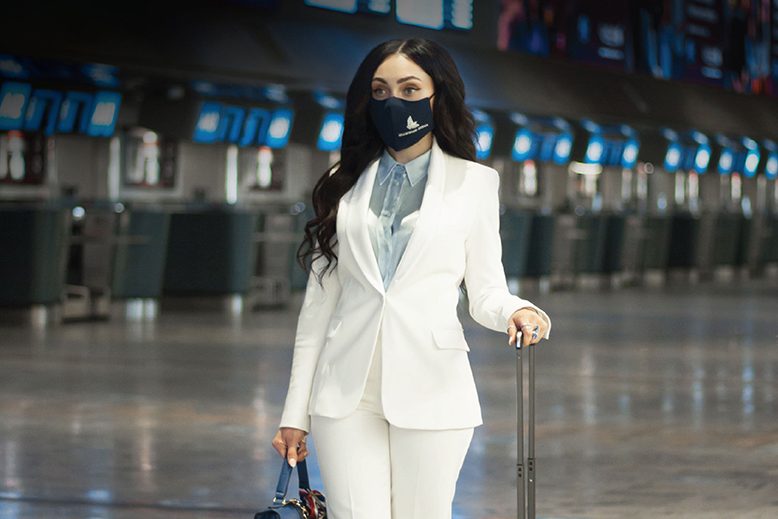
0 Comments